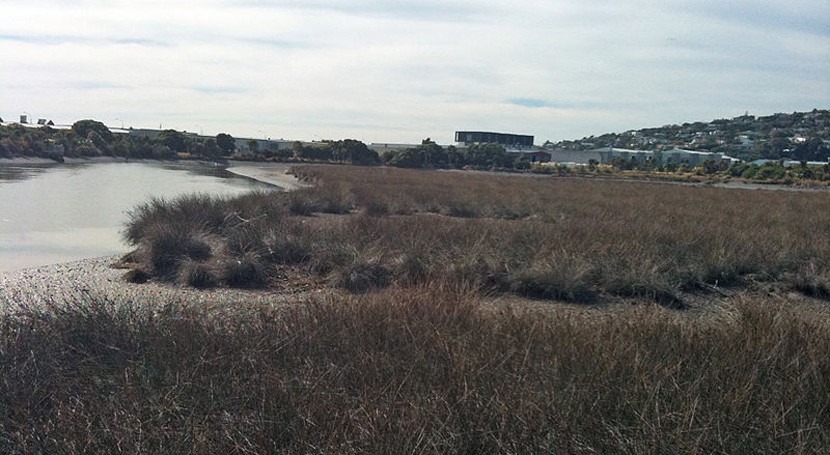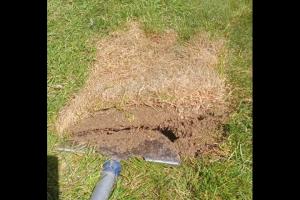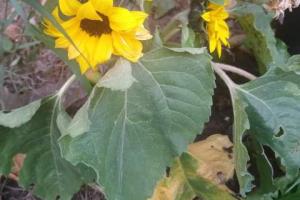What are marshes?

The presence of marshes in a basin helps mitigate the damage caused by floods, since they slow down water velocity and store flood water.
In addition, they also trap sediment, so they can work as a natural filter to prevent pollution.
1 . What is a marsh?
Marshes are wetlands which are frequently or continually flooded with water, characterized by emergent soft-stemmed vegetation adapted to saturated soil conditions.
2 . Characteristics of marshes
Marshes are characterised by their lack of relief and by their seasonality, that is, by the profound changes that occur as a result of seasonal changes and tidal flows.
They may cover large areas of lowlands periodically flooded by seawater or be contained in small areas surrounded by higher ground, on the shores of lakes and rivers, or be brackish water marshlands, located near the coast (usually near the mouth of a river) and unaffected by flooding from the sea.
Nutrients are abundant and the pH is usually neutral, something which gives rise to an abundance of plant and animal life, making it some of the most fertile ecosystems in the world.
3 . Types of marshes
Marshes are also commonly found in deltas, where rivers flow into a large water body. Although all of them are waterlogged and dominated by herbaceous plants, each has unique ecosystems.
There are three types of marshes:
Tidal salt marshes: they form a grassy fringe near river mouths, bays and along coasts protected from the open sea. Ocean tides fill the marsh with salt water and cause the water level to rise and fall twice a day. The marsh is deeper at high tide and shallower at low tide. Tidal freshwater marshes: they are found farther inland than salt marshes, but are close enough to the coast to be affected by tidal fluctuations. However, they are fed by freshwater streams and do not have a high salt content, and are common boundaries between forests and rivers. Inland freshwater marshes: they are found along the banks of lakes and rivers where the water table, the upper surface of the groundwater, is very high. Vegetation here depends on the presence of water.4 . Common problems affecting marshes
Because of their proximity to coastal areas and human settlements, marshes have been used to dump waste, and sometimes have received spills from polluting events.
The problems that have an impact on marshes include:
Erosion: a large portion of the margins of its channels are eroded. Sea level rise due to global warming. Transformation and use as salt evaporation ponds and fish farms. Pollution from mining, urban and industrial sources. Introduction of invasive alien animal and plant species. Construction of large infrastructure such as levees and ports. Encroachment and direct destruction to develop industrial zones, residential areas and farms, and to dump their waste.








